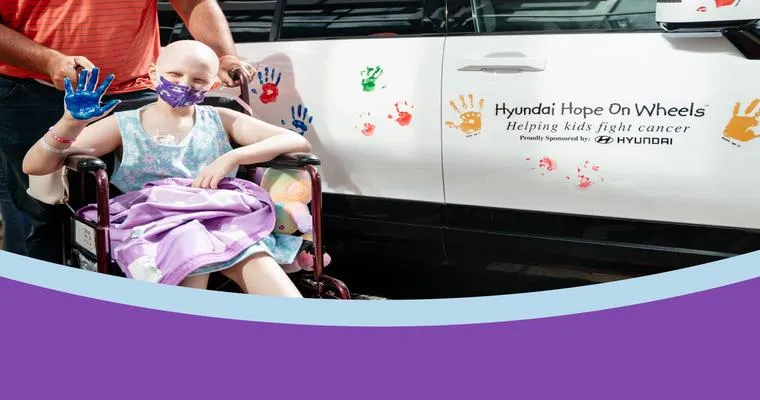When it comes to the "medical decisions" surrounding elderly patients, particularly those who are "paralyzed" and suffering from "cancer", the question of "when is enough enough" becomes increasingly pressing. As I navigate the complexities of my 93-year-old grandma's "code status", I find myself grappling with ethical dilemmas and emotional turmoil. Her current health situation raises essential questions about "quality of life", "end-of-life care", and the role of "interventional treatments" in the lives of those who may no longer benefit from them.
The term "code status" refers to the level of medical intervention that a patient desires in the case of a medical emergency. In my grandma's situation, her code status is classified as "interventional", meaning that aggressive treatments, such as resuscitation or advanced life support, would be implemented. However, given her age and health condition, one must ponder the effectiveness and appropriateness of these interventions.
Understanding the "quality of life" is crucial when making decisions about medical care for elderly patients. For my grandma, who has been paralyzed and battling cancer for years, the moments of joy and clarity are few and far between. The medical interventions she receives can sometimes prolong her suffering rather than improve her overall well-being. This leads to the critical question: is it better to focus on "comfort care" instead of aggressive treatments?
Comfort care, also known as "palliative care", prioritizes the patient's comfort and quality of life over curative treatments. It emphasizes pain management and emotional support, allowing patients to spend their final days with dignity and peace. In my grandma's case, transitioning from an interventional code status to a comfort-oriented approach might be the most compassionate choice.
To make such decisions, it is essential to engage in open and honest discussions with healthcare providers, family members, and, when possible, the patient themselves. Understanding her wishes and values is paramount in navigating this challenging landscape. When a patient is unable to communicate their preferences, family members often find themselves in the difficult position of making these decisions on their behalf.
As we face these hard choices, it's essential to consider the potential outcomes of continued "interventional treatments" versus "comfort care". While interventions may prolong life, they do not always guarantee a better quality of life. In many cases, they can lead to unnecessary suffering and a prolonged dying process. Recognizing when enough is enough may require difficult conversations and the courage to prioritize compassion over aggressive medical interventions.
In conclusion, the situation surrounding my 93-year-old paralyzed cancer-ridden grandma's code status is a poignant reminder of the complexities involved in healthcare decisions for the elderly. The balance between "interventional treatments" and "palliative care" is delicate, and knowing when to shift from one to the other is crucial. Ultimately, it is vital to advocate for a compassionate approach that prioritizes her dignity and comfort as we navigate these challenging decisions together.





